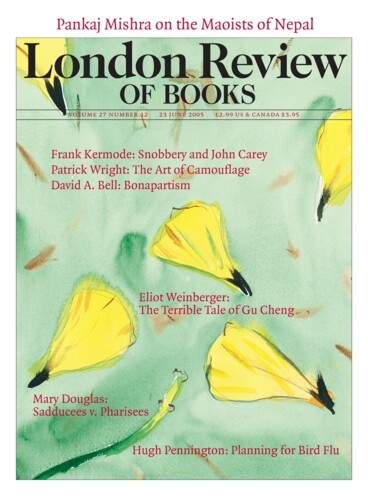Hairy, Spiny or Naked: Leaves
Andrew Sugden, 7 February 2013
The botany student’s textbook leaf, in anatomical cross-section, is a sandwich with two thick fillings packaged between thin outer envelopes. The outer layers – upper and lower epidermis – are each usually a single layer of cells, coated with a waxy hydrophobic cuticle. The fillings – the mesophyll – have an upper rank of vertically-oriented palisade cells,...





